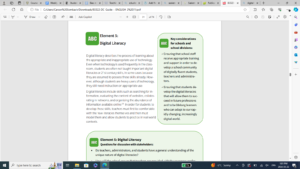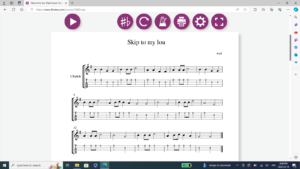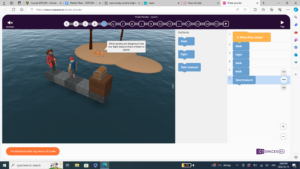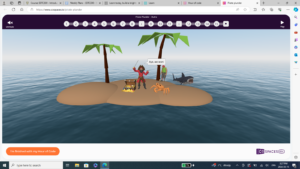In today’s world and overreliance on technology for all of our new information, it is hard to identify what is true and what is false. Digital literacy is extremely important to teach and an aspect of it has been added into the Saskatchewan curriculum. It is not as thorough as the NCTE framework but it lays down a foundation for teachers have some creativity with how they teach there students.

Since digital literacy is such a growing concern for students as technology begins to advance, and trolls on the internet become harder to recognize, there has been many lesson plans, worksheets, and information to help spread information on how to identify fake news.
The article Teaching Digital Literacy Now by the School Learning Journal talked about different ways of evaluating an article. They go into depth about:
-
- Rethinking how we teach evaluation
- Read laterally
- Keep it non-political
- Talk about social media more
In my field placement, the teacher would always do an activity related to the subject we were about to. For example, doing a Wordle before English. You can start off a class with an activity such as spot the troll. We did this activity in class and I think it would be a fun and educating tool to help students determine who is real and who is fake on social media.
My major is Physical Education, and currently I see a lot of videos on my social media about “getting abs in a week”, or the “take this supplement and lose 30 pounds in a month”. I really liked this worksheet bias in the news to be able to educate students on identifying information that is valid. I may have to tweek it so that is related to physical education, but I think that it would be an awesome tool for teaching digital literacy.





Recent Comments